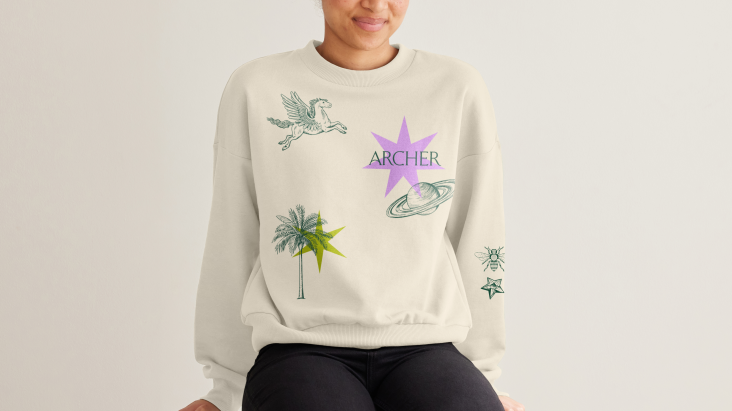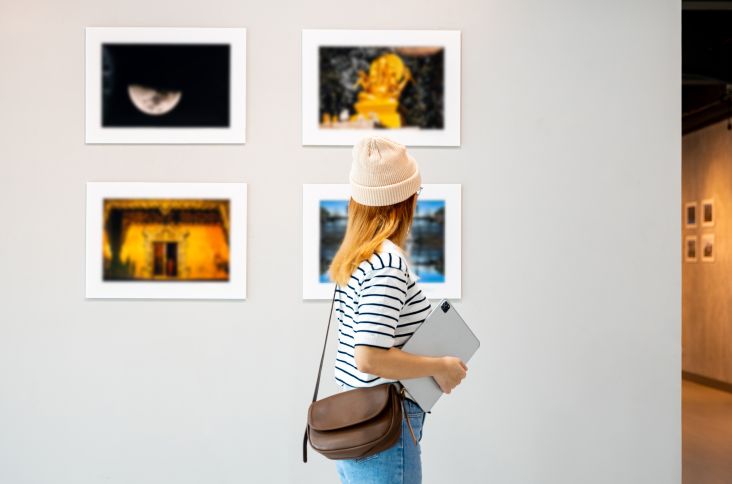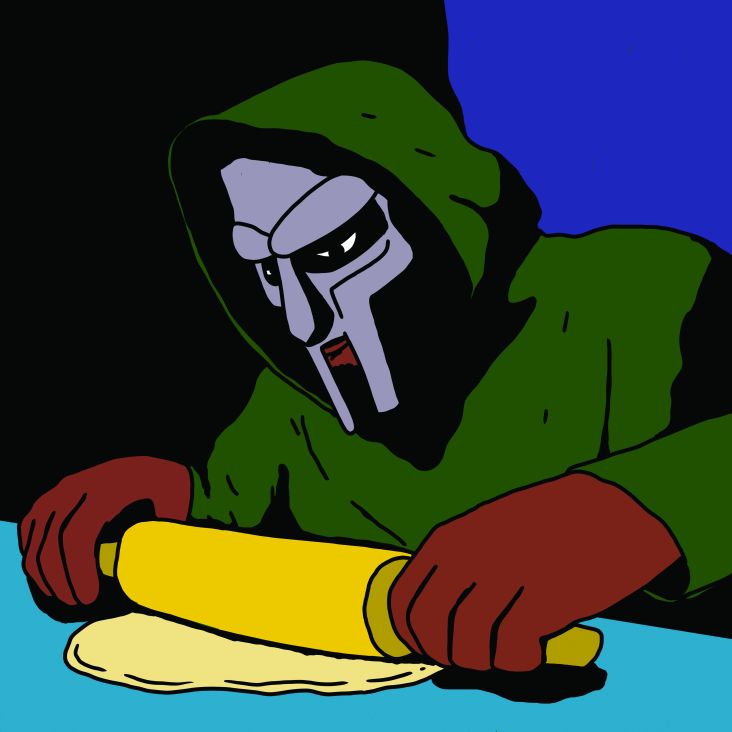Diaries of War: illustrator Nora Krug on depicting raw accounts of the war in Ukraine
Best-selling German-American author and illustrator Nora Krug has documented two anonymous, first-hand accounts of Russia's invasion of Ukraine in her powerful new graphic non-fiction book, Diaries of War. Here, she explains how the medium lent itself perfectly to the sensitive subject.
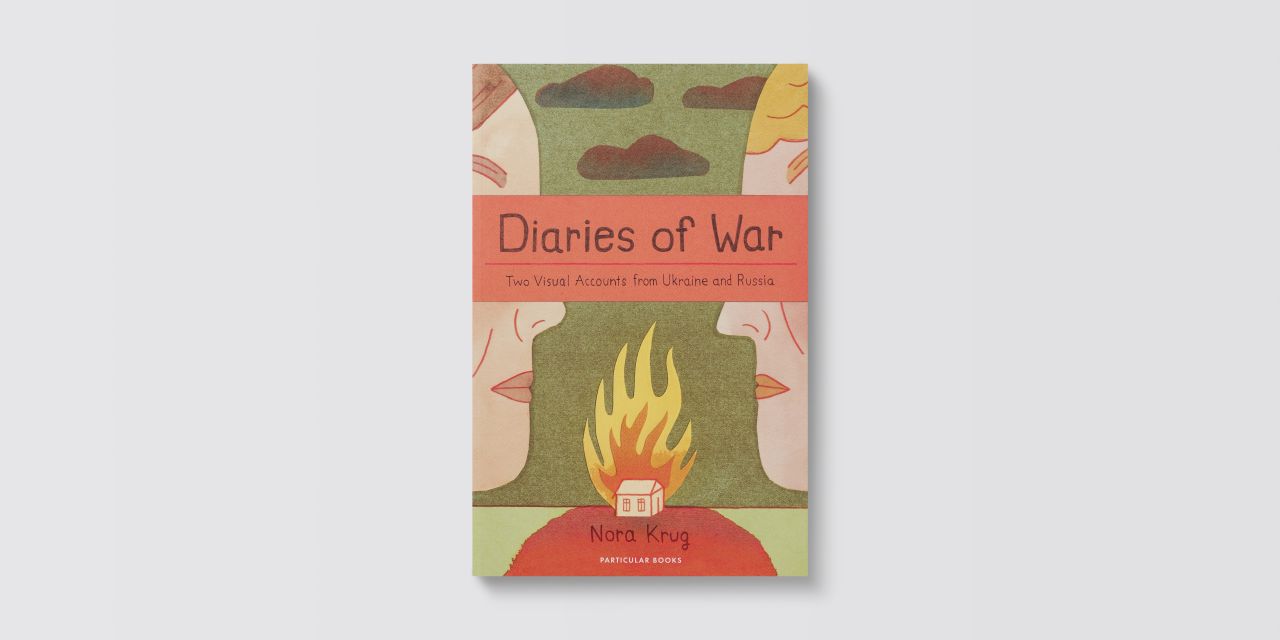
It's been over a year and a half since Russia advanced on Ukraine, and war once again returned to Europe. In that time, millions of people have been displaced, casualties have mounted, and the fractures running through global politics have widened and deepened.
But does the news provide a complete picture of what's going on? Updates on advances only tell part of the story, while the more human toll on emotions and relationships is harder to realise. It's this more personal approach which Nora Krug has followed in her latest graphic non-fiction book, Diaries of War, which documents the accounts of two anonymous subjects, K and D.
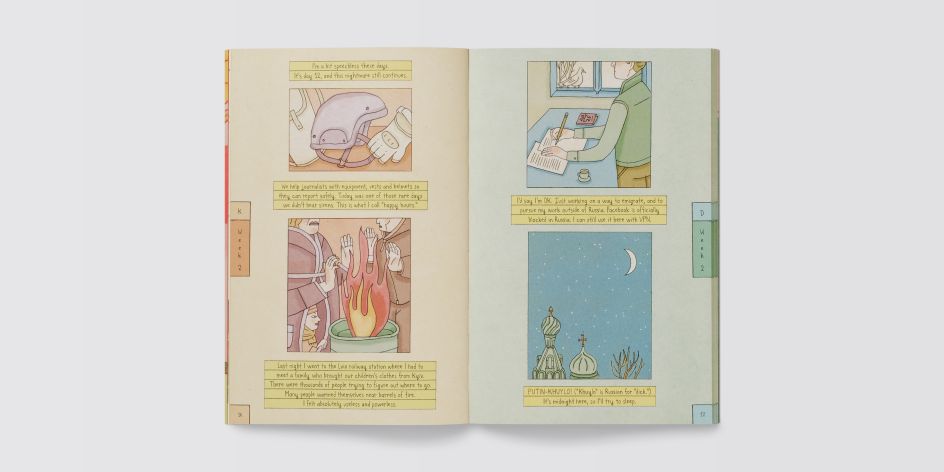
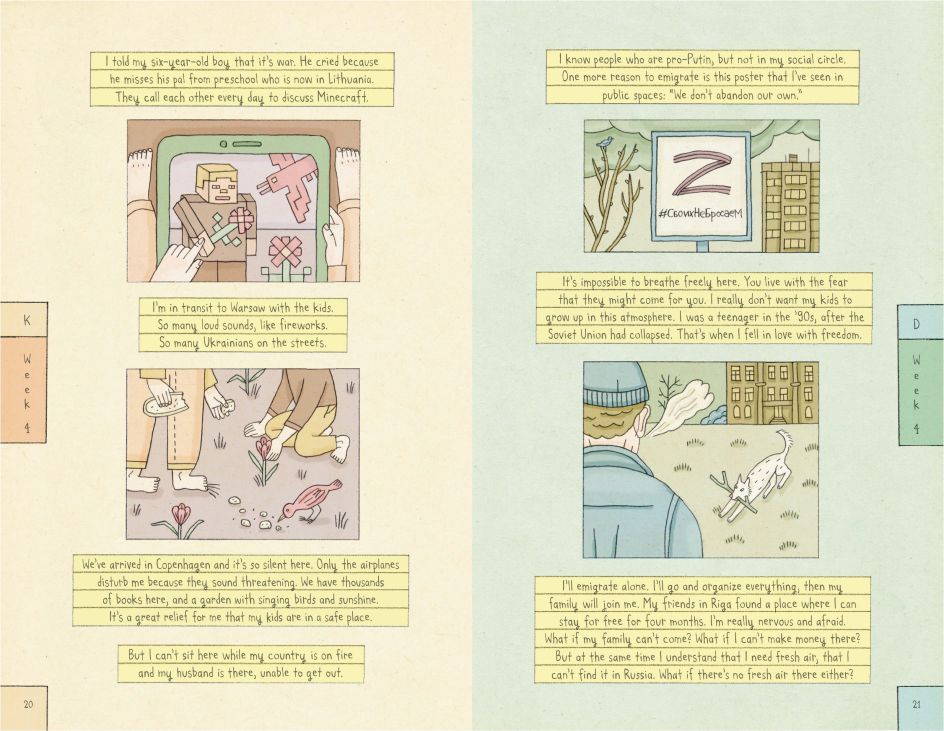
K, a Russian-born Ukranian journalist, and D, a Russian artist from St. Petersburg, communicated with Nora via phone chats over the course of a year. These conversations were then condensed and constructed into a narrative with the help of accompanying illustrations. Their personal account offers a unique insight into the conflict, with the epistolary format providing a sense of rawness not found elsewhere.
Nora had known both K and D before the war, and when it broke out, she contacted them to see how they were feeling. "The rawness of their responses moved me," she tells Creative Boom. "As a European based in the United States, watching the war unfold from afar, I felt compelled to do something – as a person and artist."
She understood that, unlike what she had read about the war in the media, the personal accounts of individuals might provide a more emotional entry point into understanding the devastating impact of the conflict. "I asked K and D if I could interview them about their experiences to create a weekly illustrated diary that would juxtapose their individual, contrasting voices and that would be sold to newspapers to raise awareness and funds for the victims in Ukraine. Both immediately agreed."
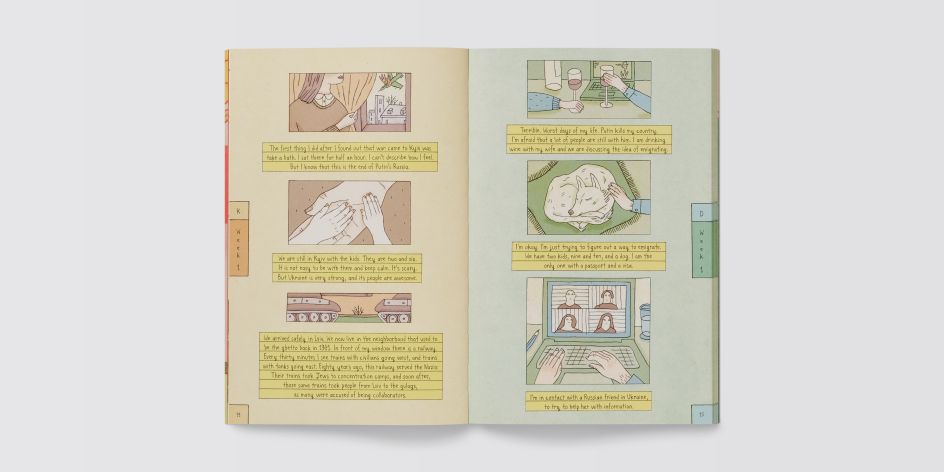
Nora got to know K and D much better as their correspondence played out. Eventually, she found herself asking them the kind of personal questions a person would usually only ask their closest friends. "I wanted to know how they were feeling, what they were thinking about and what they had experienced the previous week."
"In addition to documenting their everyday experiences, I posed questions that I hoped would shed light on how the war affected them on a deeper, more existential level: What impact did it have on their minds and bodies? How did it change their relationship with their families and sense of cultural belonging? Did it make them think differently about words such as guilt, sacrifice, reparation and retribution? Why do we wage wars, and will we ever learn from them?
"I shaped their individual accounts and responses into a consistent narrative, changed certain details to maintain their anonymity, passed the text by them for final approval and then created the accompanying illustrations based on my research and imagination."
Working as an illustrator lent itself well to this project, as Nora says she is committed to looking, observing and documenting. "I see illustration as an act of witnessing," she reveals. "Through documenting what I see and hear about, I witness the effect political events have on the lives of others, and by drawing, I make their experience visible to those of us not immediately affected."
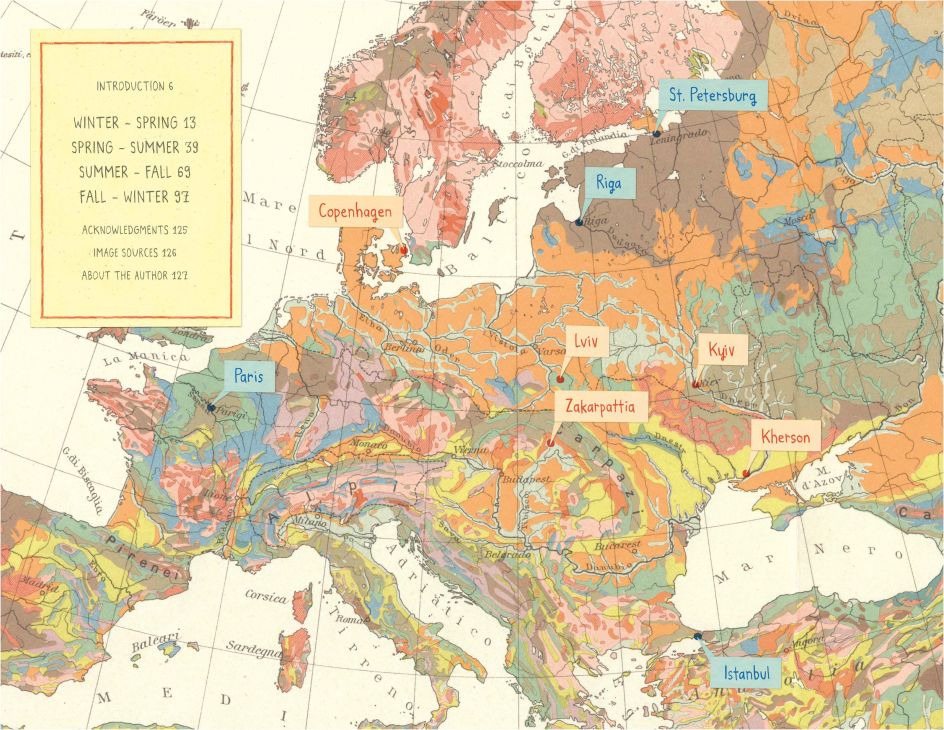
According to Nora, illustrated narratives provide a more visceral and direct emotional entry point. "Before the advent of photography, illustration was the medium that communicated issues of social and political importance," she says. "For centuries, drawings and illustrations have impacted how we think about society and the world – for better and worse. As an illustrator, I understand that the legacy of my profession comes with a responsibility."
This sense of responsibility is evident in the careful creative decisions Nora makes throughout Diaries of War. Making the graphic non-fiction book required her to confront herself with ethical questions such as how to ask potentially painful questions, which aspects to focus on, and how an artist documents the suffering of others.
Creating illustrations only posed more questions, such as how do you truthfully represent a person's life through images without access to photo references? "Obviously, I couldn't ask K, the Ukrainian journalist, to snap photos for me while reporting from the front line, so I relied on the material I found on online media outlets, peoples' personal social media websites, and Google Maps."
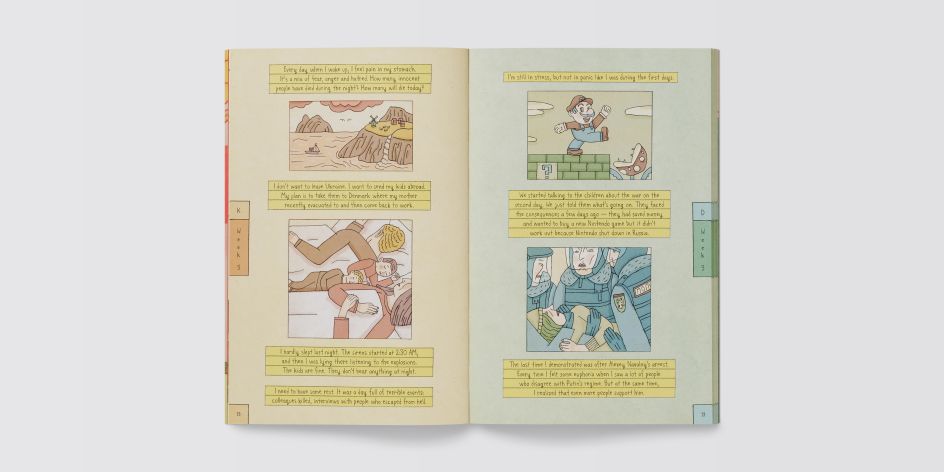
It was evident to Nora early on that being too literal in her visual approach could romanticise or diminish what people had been through. "Showing a close-up of K's face when she told me about the devastation she felt about her friends and colleagues being kidnapped or killed by Russian soldiers would have detracted from the true depth of her feelings," Nora explains.
"So I decided to crop my images in a way that would never show the protagonists' faces. I also relied on details in their appearance and body language, rather than facial expressions, to convey their feelings.
"On top of that, I had to consider the question of anonymity: To protect my subjects from potential political repercussions (in retaliation for making negative comments about Putin, for instance), I needed to change certain details about their lives, both in the text and in the way I depicted them and their families."
Amid these considerations, there was still room for surprises to flourish. K's bravery and commitment, for example, would go on to inspire Nora. "Although she has two small children, she has continued to travel back and forth between Denmark, where her children now live, and the front line in Ukraine," she reveals.
"Once, I apologised to her for asking too many questions while she was reporting from the front line, but she reassured me that when working at the front line, she said that she actually had more time to respond to my questions than when she was back home, in Denmark, where she felt distracted by her children."
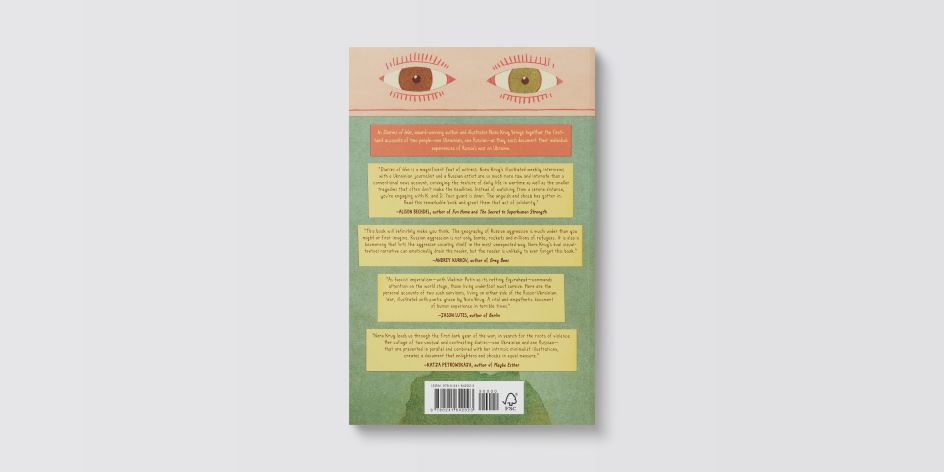
Meanwhile, one moment in her communication with D as he returned from exile in France proved equally memorable. There was always the possibility that he could be caught on the Russian border and sent off to fight as a soldier.
"Before D's trip, I made sure to delete all of our messages on the app that we were using and waited to contact him again until I knew that he was safe with his family," says Nora. "If security at the airport had read my questions to him on his phone, he could have gotten into trouble with the Russian police."
Actions like these tap into the immense amount of trust that form the project's foundation. "Reassuring them that I would do my best to convey their thoughts and feelings as accurately as I could and that I would pass every week's story by them for approval before it would be published allowed them to trust that I was being truthful in my attempt of documenting their lives," Nora concludes. "This level of trust also allowed me to ask them very personal questions."








](https://www.creativeboom.com/upload/articles/86/862919952c0ad18439004228895a431dc6e45ffc_732.jpg)
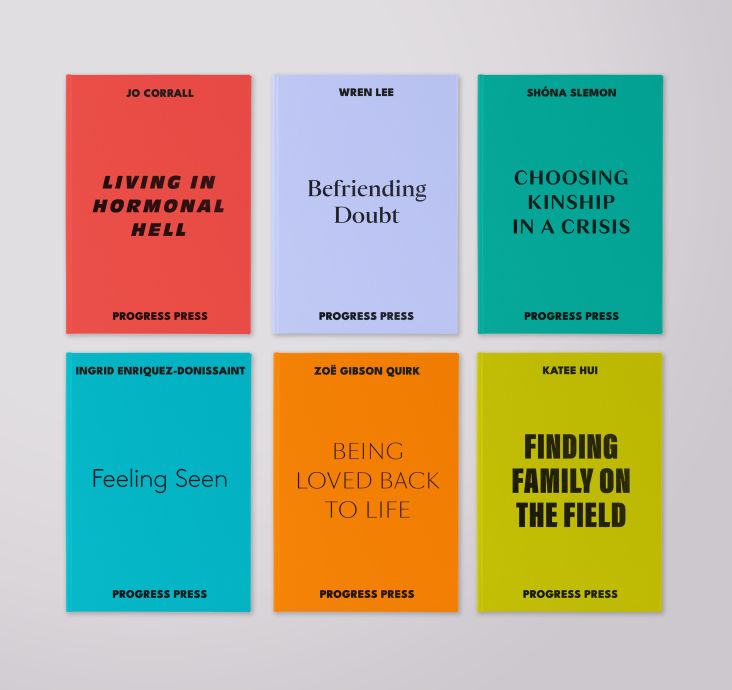
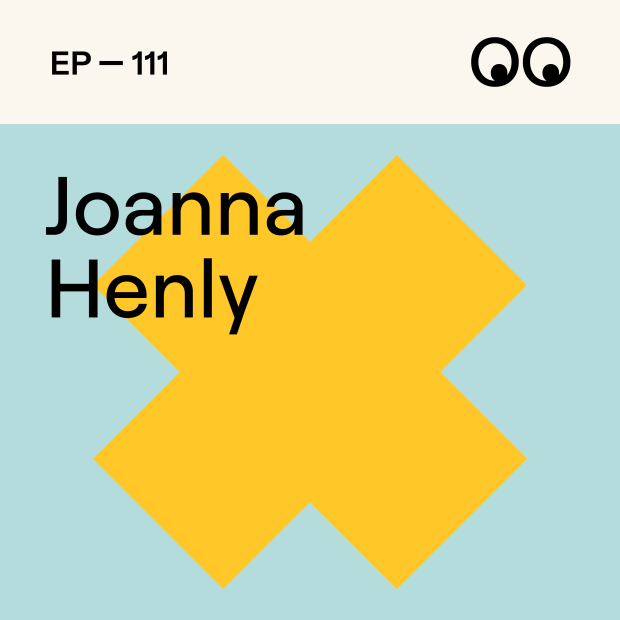



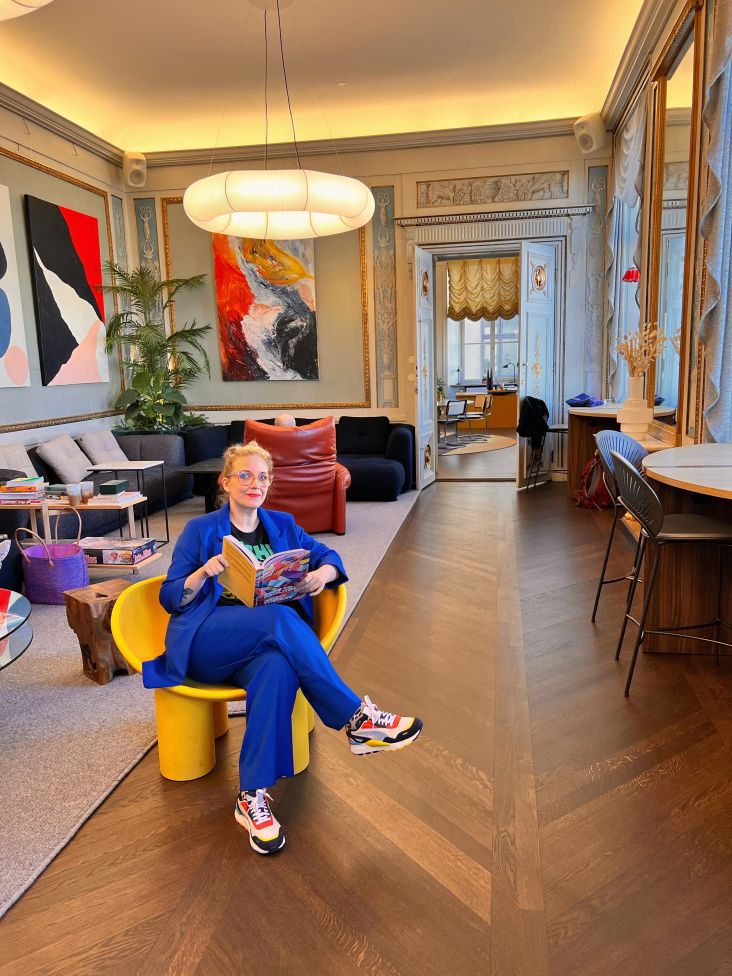
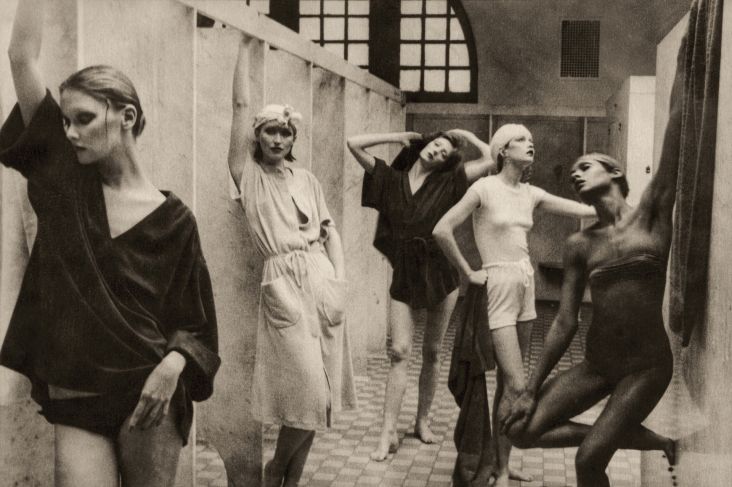
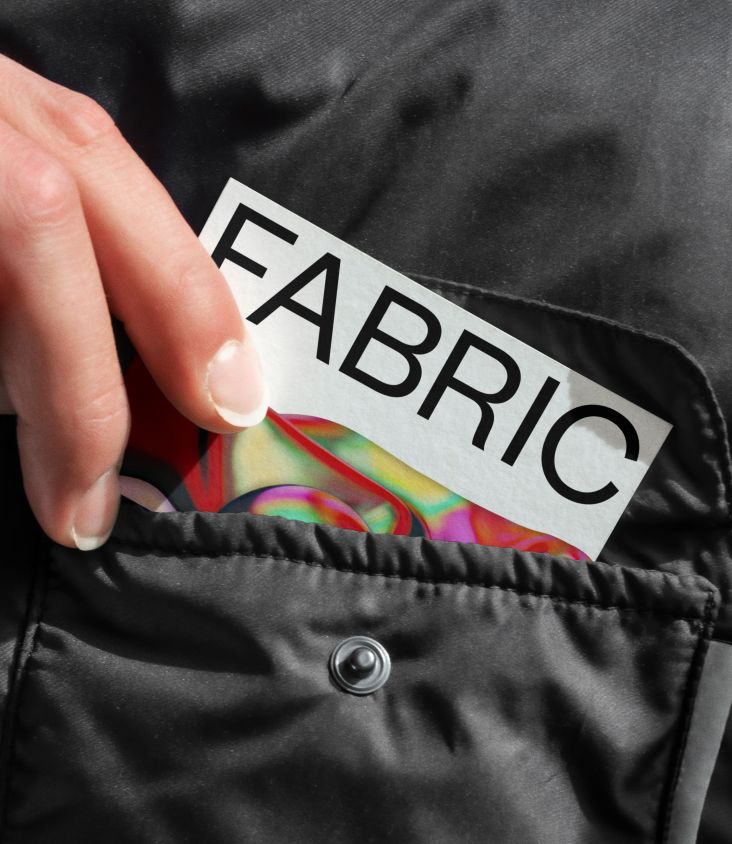
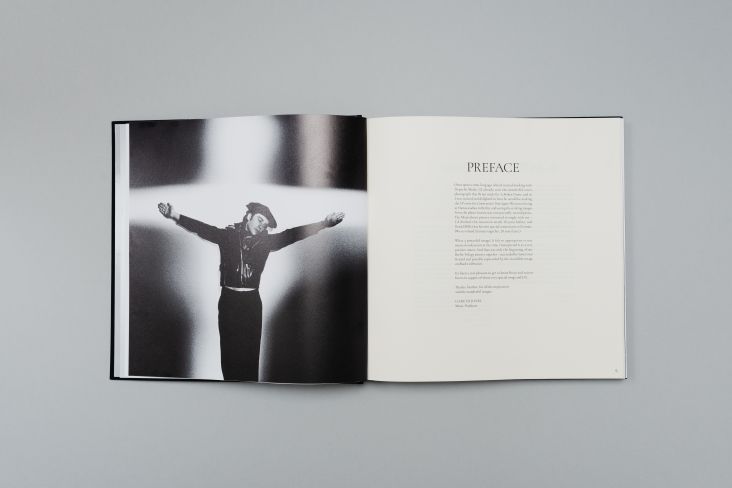
](https://www.creativeboom.com/upload/articles/c6/c6c61bd8fc04434adcee7d90d766a1b1154c597b_732.jpg)
